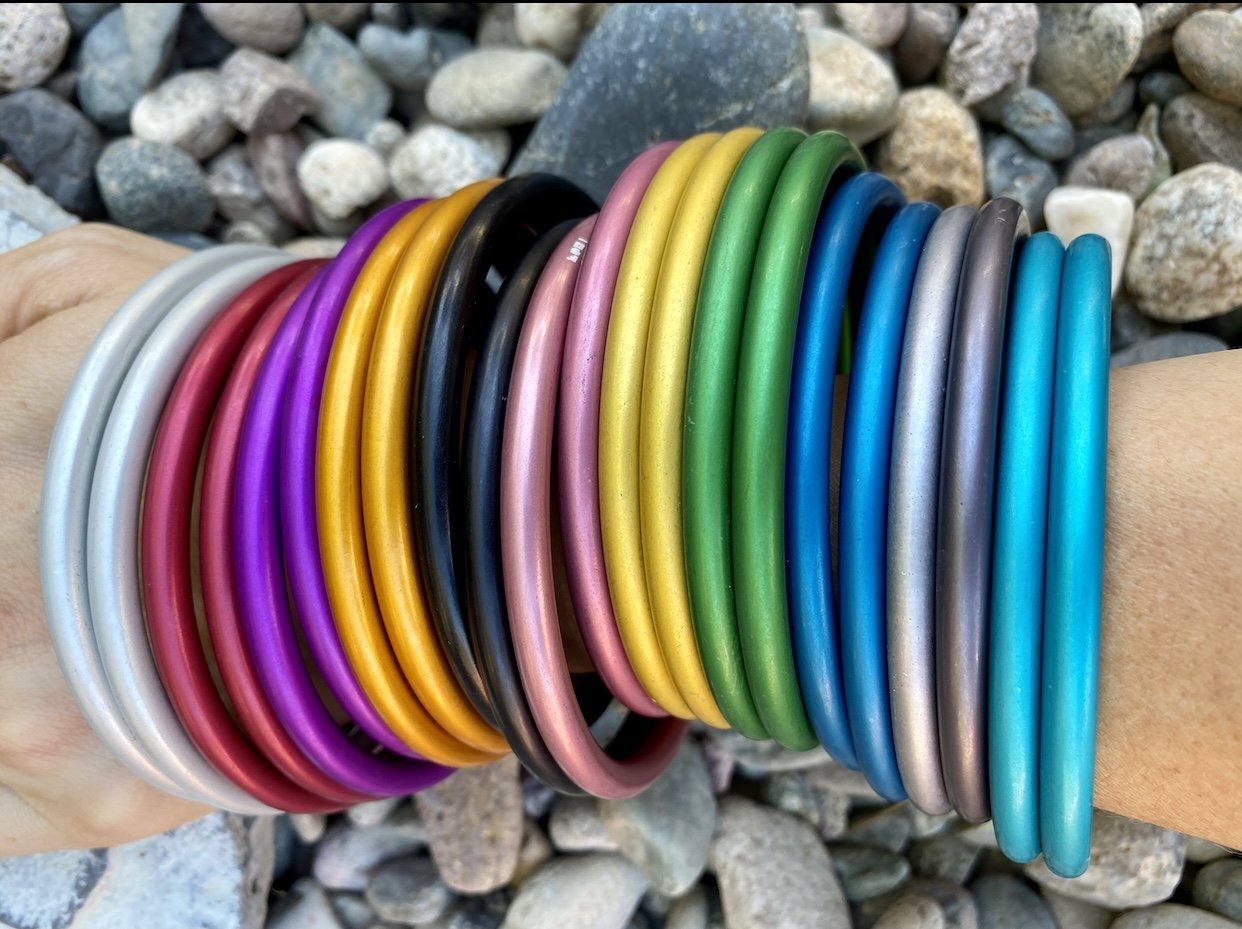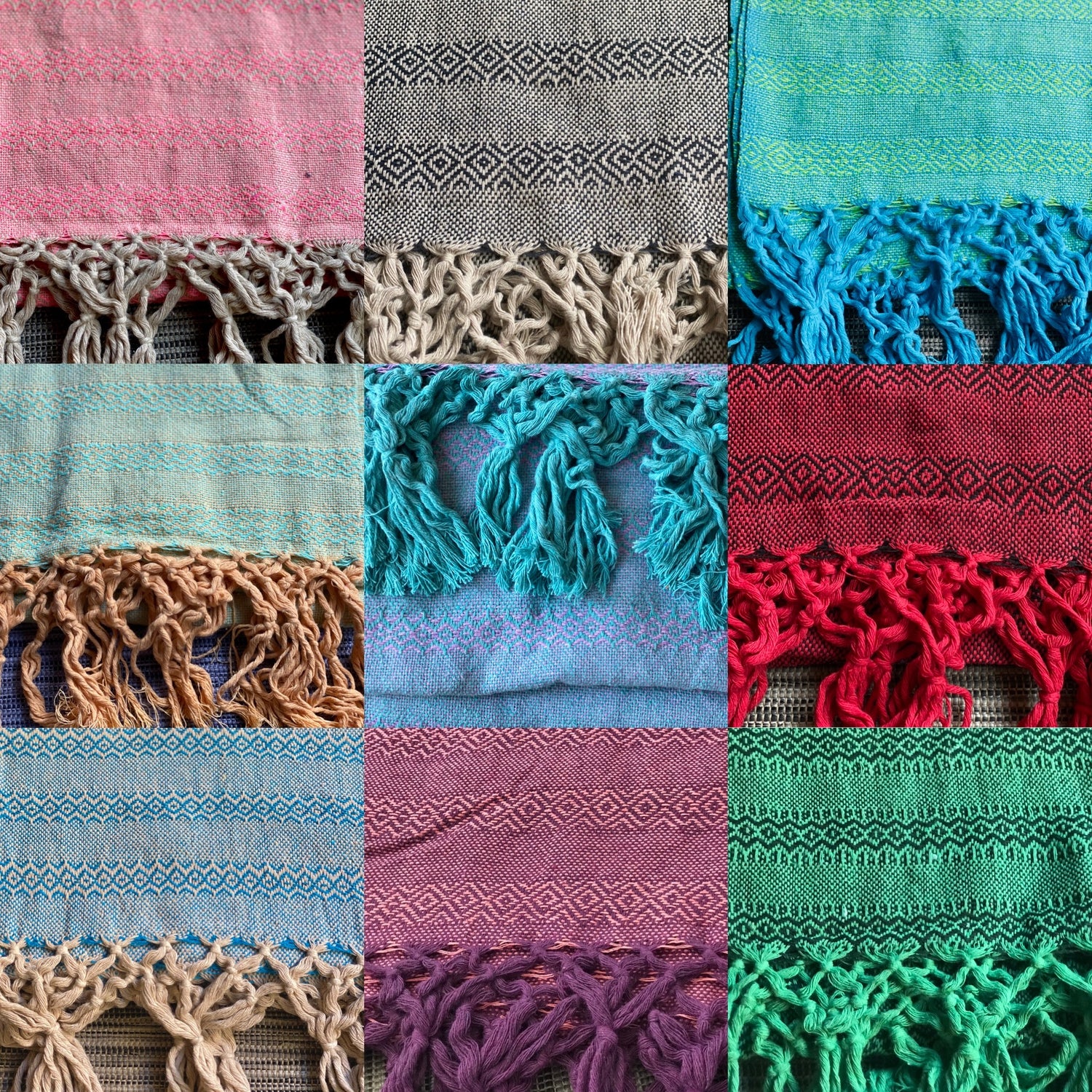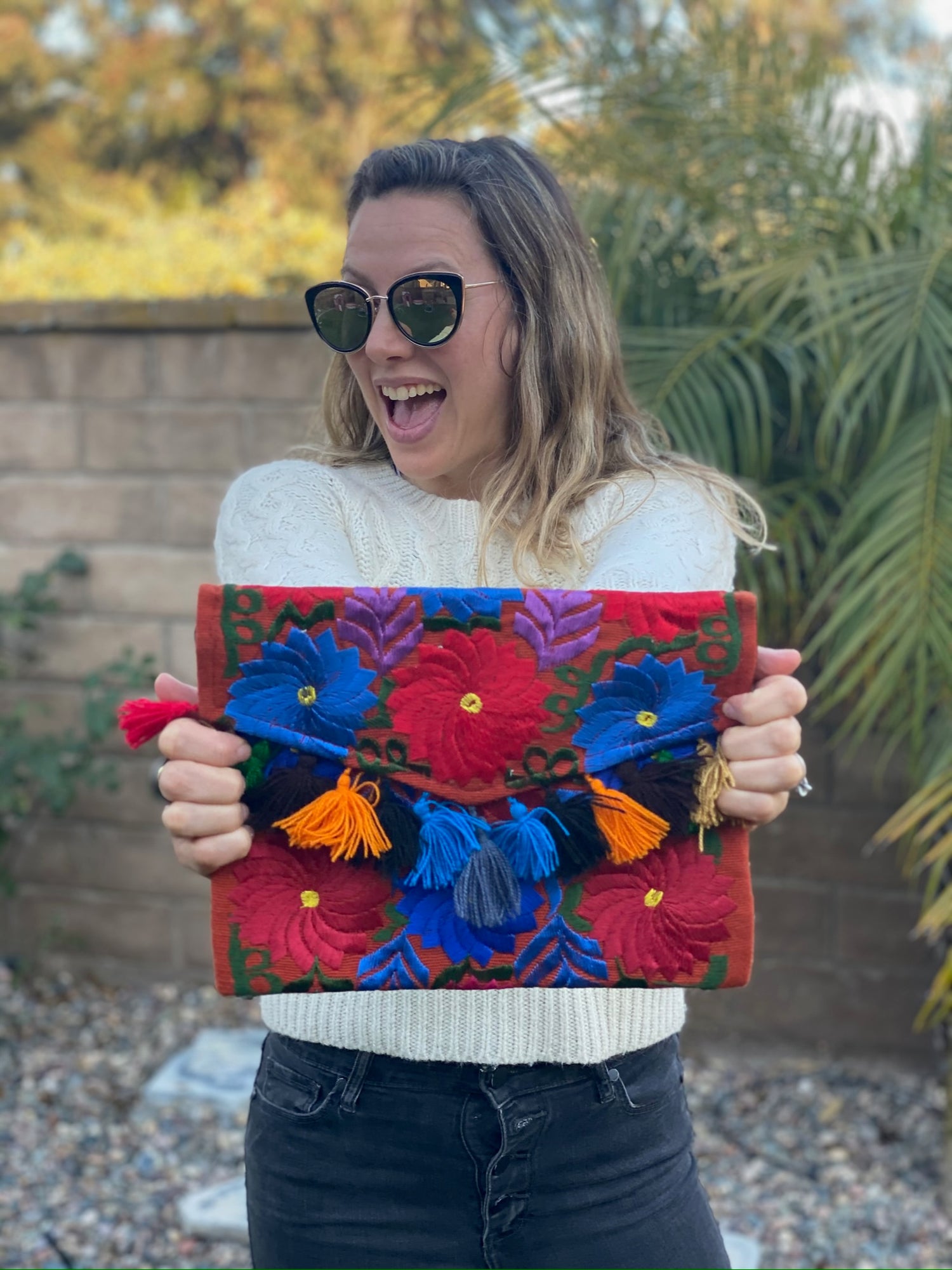Choosing the right rebozo can enhance your experience across different seasons and uses.
Understanding the weight, texture, and style of your rebozo is key to meeting your needs, whether for warmth in winter or breathability in summer.
This versatile Mexican shawl serves multiple purposes, from providing comfort during labor to offering support in daily life.

In the summer months, lightweight and breathable materials are ideal, allowing you to stay cool while still benefiting from the rebozo's helpful properties.
In contrast, thicker fabrics provide warmth and comfort during colder seasons.
As you explore your options, consider how the rebozo's dimensions and patterns can also reflect your personal style and comfort preferences.
By selecting the right rebozo for each season, you can enjoy its many benefits throughout the year. Dive deeper into this guide to learn how to make the best choice for your individual needs.
Key Takeaways
- The right rebozo enhances comfort across seasons.
- Material choice impacts your experience significantly.
- Style and size should reflect personal comfort and practicality.
Understanding the Rebozo and Its Significance

The rebozo is a traditional Mexican shawl that holds great significance in various cultural practices, especially in childbirth. This section explores the history, different types, uses, and techniques of the rebozo, providing essential insights for those considering its use.
History and Cultural Importance
The rebozo has deep roots in Mexican culture, dating back to pre-Hispanic times. Originally, it was used by women for various daily tasks, such as carrying babies and supporting themselves during manual labor.
Over time, the rebozo became a symbol of femininity and motherhood.
In childbirth, the rebozo serves a vital role. Many midwives and doulas use it during labor to provide comfort and support. Its cultural significance extends beyond practicality; it represents women's strength and the nurturing aspects of birth. The different ways it is crafted, often by hand, also link it to family traditions and heritage.
Different Types and Uses
Rebozos come in various designs, colors, and fabric types. Common materials include cotton, silk, and wool. Each choice impacts comfort during different seasons.
For instance, a light cotton rebozo is ideal for warmer weather, while wool provides warmth in colder months.
You can also use rebozos in diverse ways. They can be worn as a scarf, used for babywearing, or employed in various rebozo techniques.
Techniques such as rebozo sifting involve gentle movements that help alleviate pressure during contractions, making labor more manageable and comfortable.
Selecting the Right Fabric and Weight
Choosing the right fabric and weight for your rebozo is key to maximizing its benefits.
Lightweight fabrics like cotton are comfortable in warmer months. For cooler seasons, consider heavier materials to provide extra warmth.
Pay attention to the rebozo's texture as well. A textured fabric is less likely to slip, ensuring safety when supporting or comforting someone in labor. Different widths also play a role.
A wider rebozo can provide more coverage and support, making it a practical choice during childbirth.
Rebozo Techniques for Pregnancy and Childbirth
Rebozo techniques are impactful tools in labor and delivery. They involve specific movements aimed at guiding the fetus into a more favorable position for birth.
Techniques such as manteada, which involves gently swinging or shaking the rebozo around the pregnant person, can alleviate discomfort.
Support from a doula or midwife is crucial during these techniques. They can help apply pressure to specific areas, aiding in pain relief during contractions.
The use of the rebozo not only enhances comfort but also fosters a connection between the birthing person and their support team, creating a positive birth experience.
Practical Guide to Using a Rebozo Across Seasons

Using a rebozo effectively depends on the seasons and your specific needs. In warmer months, you'll focus on lightness and support, while colder months will emphasize warmth and pain relief. Proper care and storage are essential for maintaining your rebozo.
Spring and Summer: Lightness and Support
In warmer weather, choose a lightweight rebozo made from breathable materials like cotton or linen. This allows for airflow and helps prevent overheating during use.
Utilize the rebozo for postpartum support by wrapping it around your abdomen. This can help with adjusting your pelvic muscles after birth. It also provides comfort while you rest or engage in light movement with your baby.
You can also use the rebozo as a baby carrier. This keeps your hands free while keeping your little one close. Remember to check for proper positioning to ensure comfort and safety for both you and the baby.
Autumn and Winter: Warmth and Pressure Relief
Colder months call for a thicker, warmer rebozo, often made from wool or heavier cotton. These materials help retain heat while providing the necessary support.
For discomfort and back pain, try using the rebozo to wrap around your lower back. This provides compression and can give you much-needed pain relief during these chillier months.
You may also use it for gentle pressure relief while resting. Simply lay the rebozo across your body, allowing it to cradle you while you relax after a busy day.
Rebozo Maintenance and Storage
Proper care of your rebozo ensures it lasts through many seasons. Always follow the washing instructions on the label. Hand washing is often safest, especially for delicate fabrics.
Store your rebozo in a cool, dry place to prevent mold and mildew. Avoid hanging it in direct sunlight, as this can fade colors and damage the fibers.
When not in use, consider folding it neatly or rolling it to minimize creases. This also helps to keep it clean and ready for your next session. With proper maintenance, your rebozo will provide support and comfort for years to come.
Frequently Asked Questions

Choosing the right rebozo for different seasons involves understanding various factors such as climate, material, and specific uses. Here are some common questions that can help guide your decision.
What factors should I consider when selecting a rebozo for different climatic conditions?
When selecting a rebozo, consider the temperature and humidity of your environment. In hot climates, lightweight and breathable fabrics are ideal. For colder areas, opt for thicker materials that offer warmth. Also, consider how often you'll be using the rebozo and its purpose during different seasons.
Which materials are best for rebozos in summer versus winter seasons?
For summer, cotton and linen are excellent choices due to their breathability and ability to wick moisture. In contrast, wool or heavier cotton blends work well in winter, providing insulation and warmth. The right material helps ensure comfort year-round.
How can I use a rebozo during maternity, and does the season affect its use?
During maternity, a rebozo can support the belly and help with labor techniques. In warmer months, you might use it for cooling techniques or gentle wrapping to provide support. In colder months, it can offer warmth while still providing the benefits of support during pregnancy.
Can you explain the rebozo method and its applications throughout the year?
The rebozo method involves wrapping and using the rebozo for various support techniques. This can include soothing during labor or posture support. Its applications remain relevant in all seasons, adapting as needed to provide comfort and assistance as required.
What are the historical uses of rebozos and do they vary by season?
Historically, rebozos were used for various practical purposes, including carrying goods and providing warmth. Seasonal variations may exist in some cultures, where different techniques or materials are preferred during specific times of the year for comfort and utility.
What is the appropriate size and length of a rebozo for effective belly binding?
The size and length of a rebozo depend on individual preferences and body shape. A length of around 2.5 meters is often recommended for effective belly binding.
This length provides enough fabric to support without being too bulky, making it versatile for different uses and seasons.




